The beginner’s guide to the F1 weekend
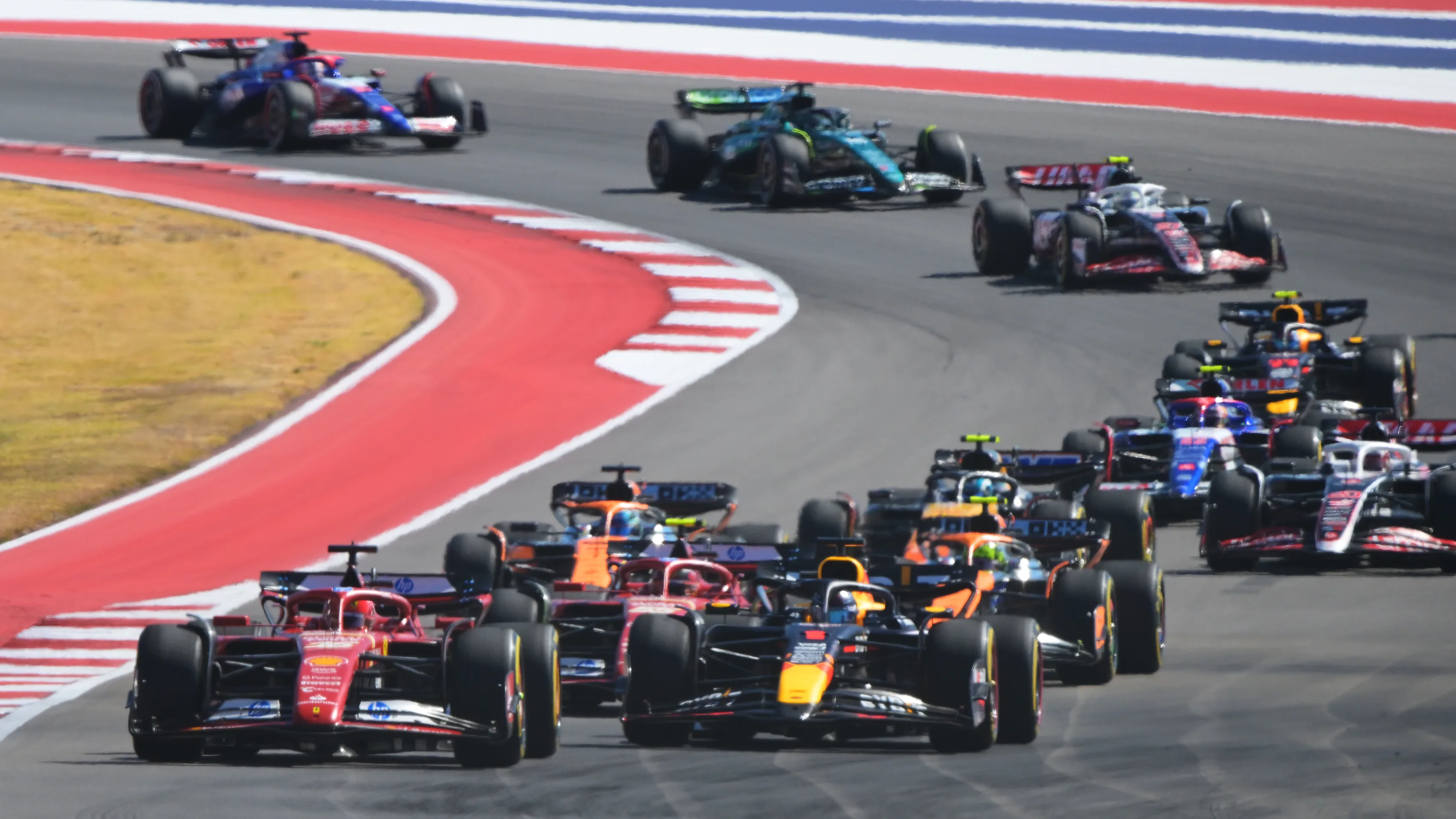
Our beginner’s guide provides all you need to know about the F1 race weekend formats, explaining how they work and looking at how they have developed since the World Championship began in 1950.
How does a Grand Prix weekend work?
The standard Formula 1 Grand Prix weekend sees each event take place over three days – typically Friday through Sunday. On Friday, there are two one-hour practice sessions – Free Practice 1 (FP1) and Free Practice 2 (FP2).
Saturday starts with Free Practice 3 (FP3). This final hour-long practice session gives the teams more time to fine-tune their set-ups before parc ferme conditions begin and most work on the car is banned.
READ MORE: Everything you need to know about F1 – Drivers, teams, cars, circuits and more
Qualifying takes place later on Saturday, and is split into three stages – Q1, Q2 and Q3 – which last 18 minutes, 15 minutes and 12 minutes respectively.
The five slowest drivers are eliminated after Q1, before five more drop out from Q2 – thereby setting the grid positions from 20th up to 11th.
The ten remaining drivers head into Q3 to determine the top 10 grid slots, with the fastest driver taking pole position for Sunday's Grand Prix.
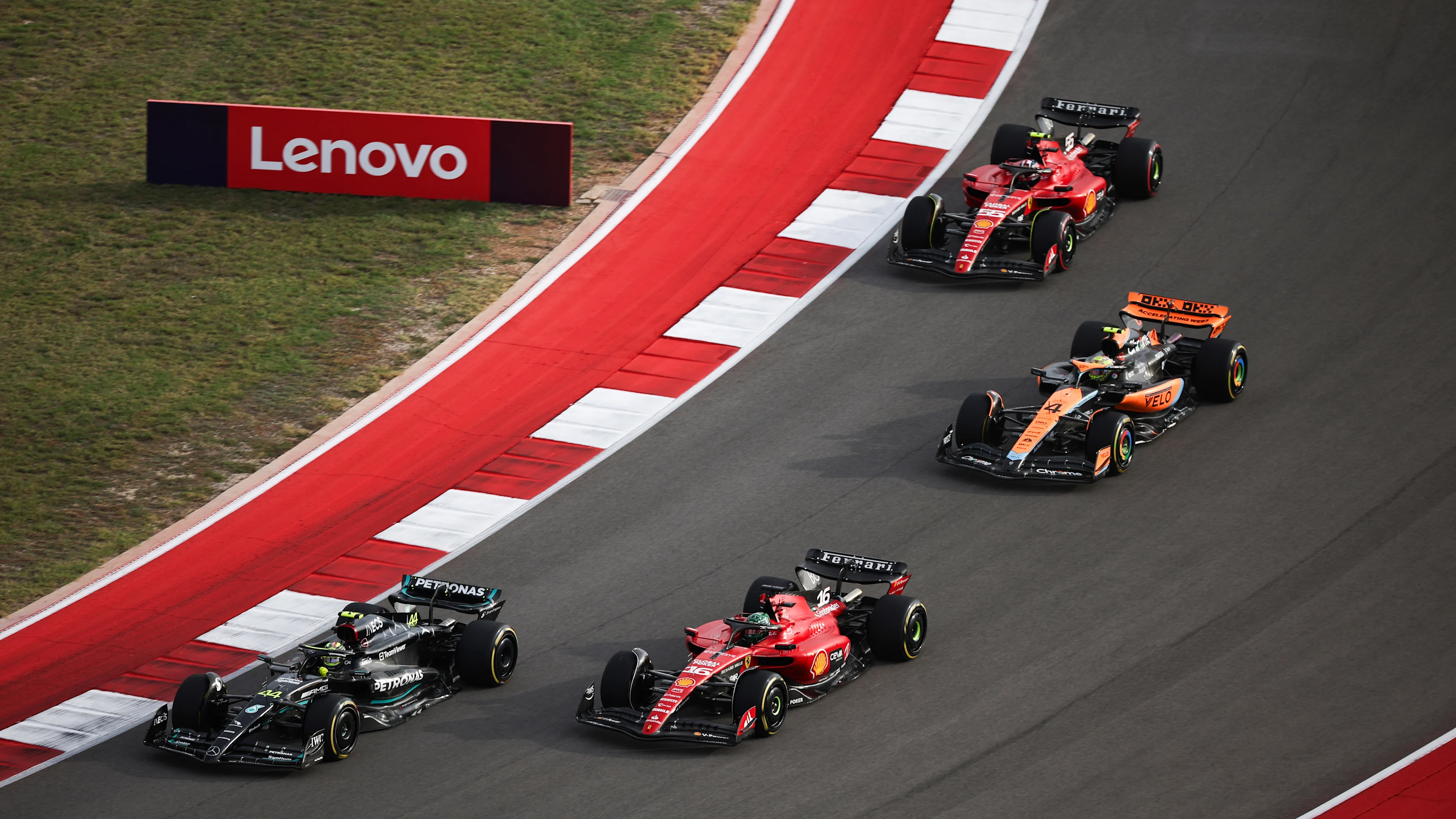
What happens in an F1 Grand Prix?
A Formula 1 Grand Prix is held over a minimum distance of 305 kilometres, and so the number of laps at each event will be the fewest number of laps needed to exceed that distance.
Whether the race weekend follows the standard format or the F1 Sprint format, the Grand Prix on Sunday is the main event and generally lasts up to two hours.
Drivers can conduct 'reconnaissance laps' as they head to the grid to gauge track conditions and make any last-minute checks, before stopping their cars in their grid position. There's just time to make some last minute tweaks before the drivers walk to the front of the grid for the national anthem.
READ MORE: The beginner’s guide to the F1 Drivers’ Championship
The drivers then strap themselves in and team members clear the grid before it's time for the formation lap. This is where you'll see the cars weaving from side to side as the drivers try to heat their tyres, before taking their grid positions again, ready for the start.
When everyone's in position, the Race Director will initiate the start sequence. This involves five red lights turning on one by one... before all the lights go out at once to start the Grand Prix, and the cars race towards the first corner.
Championship points are awarded to teams and drivers as shown in the table below.
Championship points awarded in an F1 Grand Prix
| Place | Points |
|---|---|
| 1st | 25 |
| 2nd | 18 |
| 3rd | 15 |
| 4th | 12 |
| 5th | 10 |
| 6th | 8 |
| 7th | 6 |
| 8th | 4 |
| 9th | 2 |
| 10th | 1 |
Is every Grand Prix the same?
Not at all! Each amazing F1 location offers something unique, and there are some exceptions to the above format.
While the number of laps already varies between events, the number of laps at the Monaco Grand Prix is always the fewest needed to exceed a distance of 260 kilometres as it’s a lower-speed street circuit.
READ MORE: The beginner’s guide to the F1 calendar
Formula 1 is a truly international sport, so races take place in different time zones as the paddock makes its journey around the globe. Set your alarms carefully as the start time of each session varies by location. Dates and times of every session can be found for each event on the 2025 F1 race calendar when confirmed.
Of course, there are also the six F1 Sprint events happening across the season which add even more to the race weekend. More on that below.
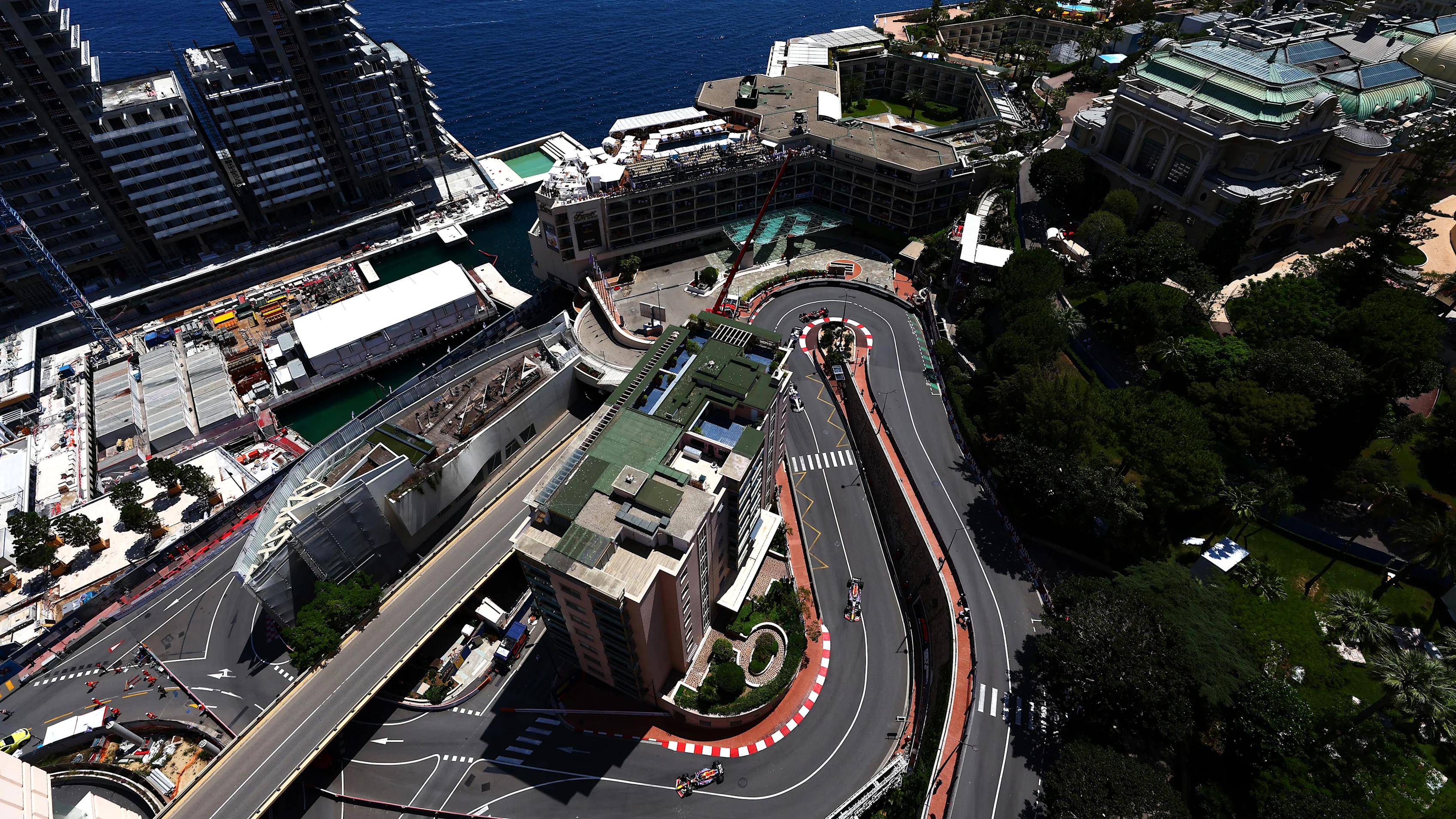
What is an F1 Sprint weekend?
The F1 Sprint format takes a standard race weekend and adds even more action to Friday and Saturday ahead of Sunday's Grand Prix.
Friday begins with one hour-long Free Practice session (FP1). That's all the time teams and drivers get to really test their set-ups for the weekend before Sprint Qualifying takes place on later on Friday. Split into three stages – SQ1, SQ2 and SQ3 – lasting 12 minutes, 10 minutes and just 8 minutes respectively, Sprint Qualifying follows a similar format to Qualifying.
READ MORE: The beginner’s guide to the F1 Sprint
The F1 Sprint, an exciting 100km dash to the chequered flag with no mandatory pit stop, gets things up and running on Saturday. Points are available to drivers and teams finishing in the top eight places, as shown in the table below.
Saturday then continues with the traditional Qualifying format, which sets the grid for Sunday's Grand Prix.
Championship points awarded in an F1 Sprint
| Place | Points |
|---|---|
| 1st | 8 |
| 2nd | 7 |
| 3rd | 6 |
| 4th | 5 |
| 5th | 4 |
| 6th | 3 |
| 7th | 2 |
| 8th | 1 |
Why are there (normally) three practice sessions?
What makes the F1 Sprint weekend so exciting is the limited running teams have to fine-tune their cars compared to a standard race weekend – ramping up the pressure to get everything right first time. That's because there's usually a massive amount to do across the three traditional practice sessions before a Grand Prix.
FP1 is typically used to make sure the car works and behaves as it should, before the drivers begin to get a feel for the track and start thinking about set-up changes. FP2 is generally reserved for longer stints on the track as drivers prepare for the race, although part is usually used for qualifying simulation runs when conditions are right. In FP3, drivers tend to focus on shorter runs to get ready for Qualifying.
READ MORE: The beginner’s guide to the F1 Constructors’ Championship
You'll often see teams trial new aerodynamic parts during FP1, such is the relentless nature of car development in F1. Cars carry more than 250 sensors and can each generate over a terabyte of data throughout a weekend, so using different set-ups in practice helps give teams a range of feedback.
Each F1 driver must also vacate their seat for one FP1 session per season, as teams are required to field a rookie driver who hasn’t yet completed more than two F1 races.
Cars carry different fuel loads and drivers use different tyre compounds in varying conditions over the three practice sessions, so it's not always easy to determine who's going to be fast solely by using practice times. Of course, we do analyse the times as much as we can – so stay tuned to F1.com for that…
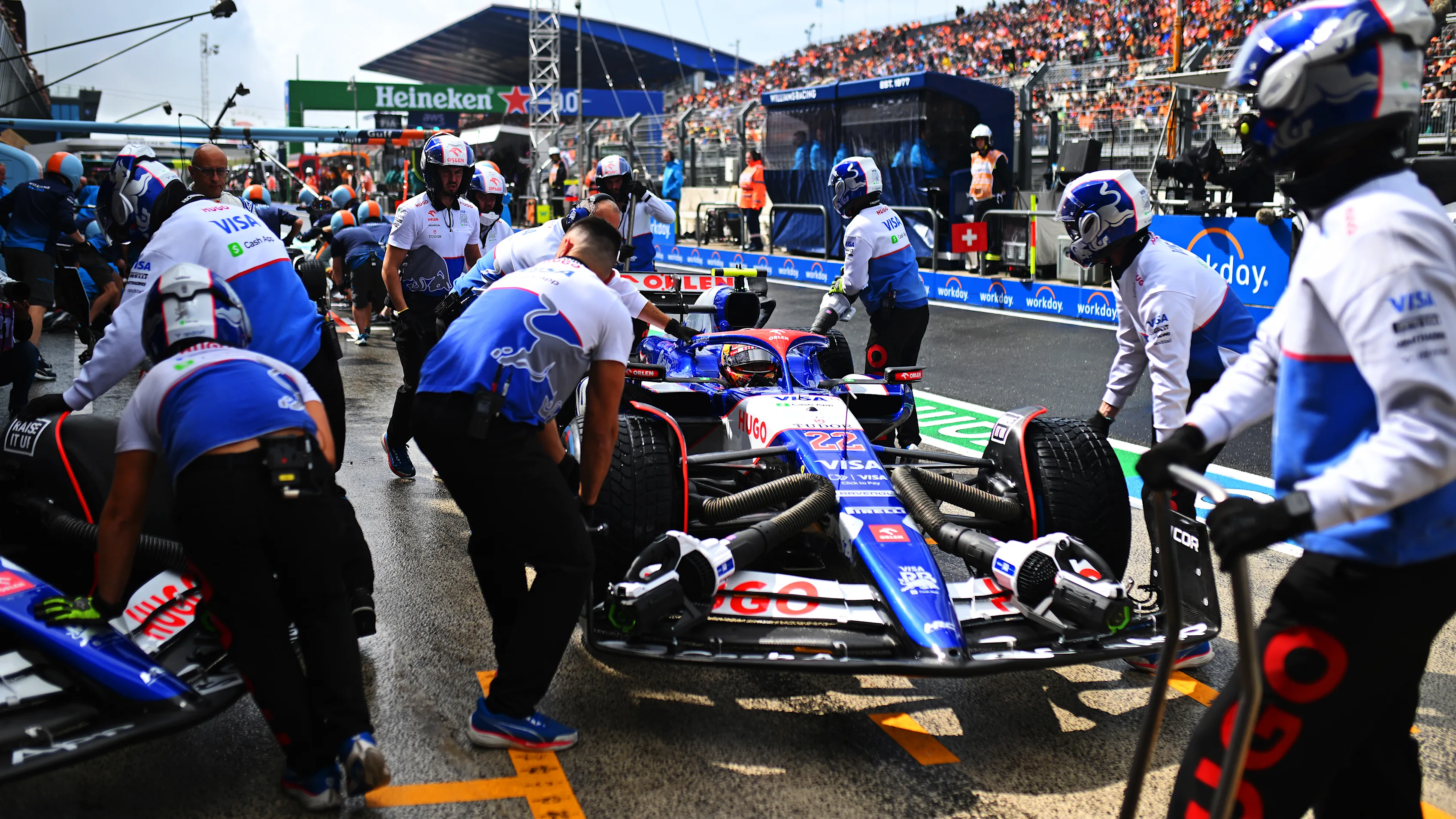
Does the format of the F1 weekend ever change?
F1 weekends have seen a variety of formats over the years, such as the introduction of the F1 Sprint. Qualifying has seen the most format tweaks, as before the World Championship began in 1950, it was common to draw lots to decide the grid. From 1950-1996 drivers had two one-hour-long sessions to set qualifying times, one on Friday and one on Saturday. Drivers also used to have to pre-qualify for Qualifying – but that was abolished in 1992.
In 1996, Qualifying became a one-hour session on Saturday with drivers limited to 12 laps. In the 1997 European Grand Prix at Jerez, Jacques Villeneuve set a time of 1m 21.072s and then – to the millisecond – rival Michael Schumacher matched it. Unbelievably, Heinz-Harald Frentzen then matched it as well and the three drivers all set identical lap times. However, Villeneuve took pole having set his time first.
READ MORE: The beginner’s guide to F1 tyres
In 2003, one-lap qualifying replaced the previous format. On the Friday, drivers would emerge one at a time in championship order. The order of that session was reversed for another one-lap shootout on Saturday (to give Friday’s slowest driver a clean track and potential advantage).
In 2004, both one-lap shootouts were moved to Saturday, before aggregated qualifying was brought in for 2005. Drivers would conduct one low-fuel run on Saturday afternoon and then a high-fuel run on Sunday morning before the race, with the two times added together. The following year saw a system similar to the current format brought in, but in-session refuelling was banned in 2010.
It wasn't all smooth sailing from there though, as in 2016 there was an elimination system that, after a few minutes of mercy, saw drivers drop out of Qualifying every 90 seconds. The current system returned two rounds later, and has been used ever since.
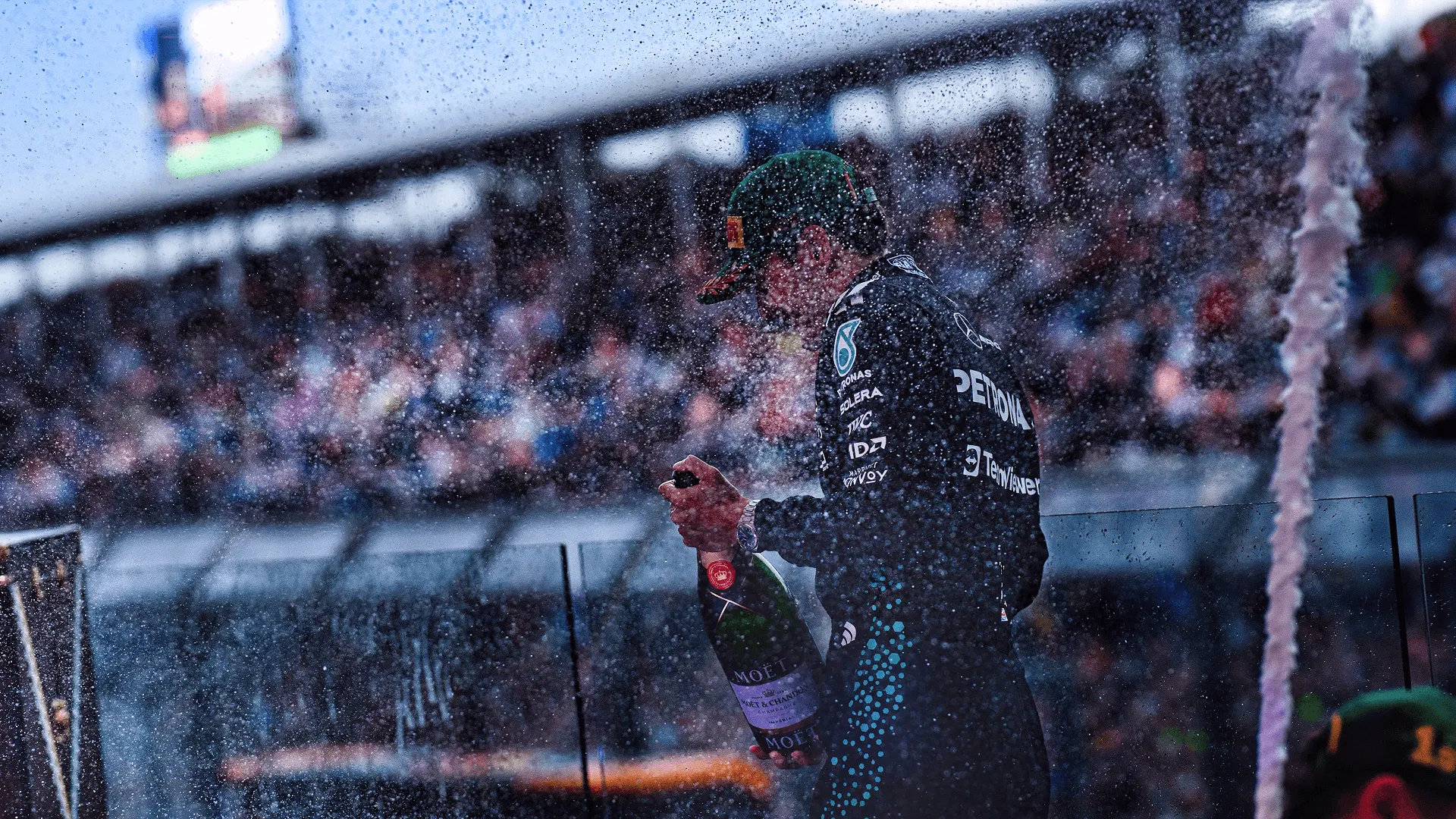
Next Up
Related Articles
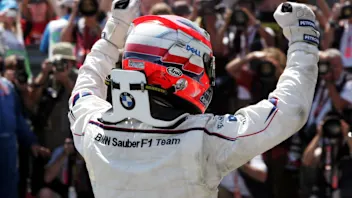 Tremayne'Why I’ll always have a soft spot for Sauber'
Tremayne'Why I’ll always have a soft spot for Sauber'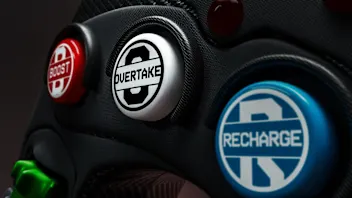 EXPLAINED: The key terms for F1’s new-for-2026 rules
EXPLAINED: The key terms for F1’s new-for-2026 rules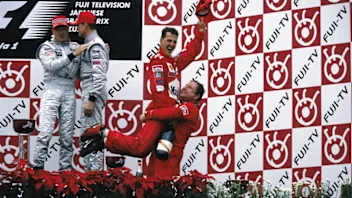 The most iconic recent championship celebrations
The most iconic recent championship celebrations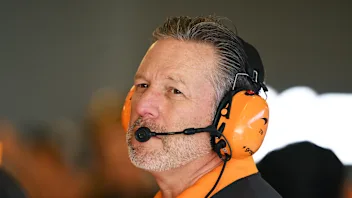 Brown insists McLaren ‘won’t change the way we race’
Brown insists McLaren ‘won’t change the way we race’.webp) End Of Year Reports 2025Alpine’s best and worst moments from 2025
End Of Year Reports 2025Alpine’s best and worst moments from 2025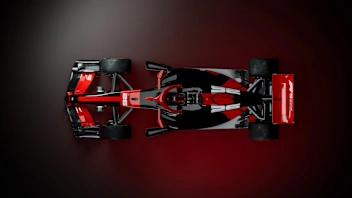 Everything you need to know about F1's new rules for 2026
Everything you need to know about F1's new rules for 2026